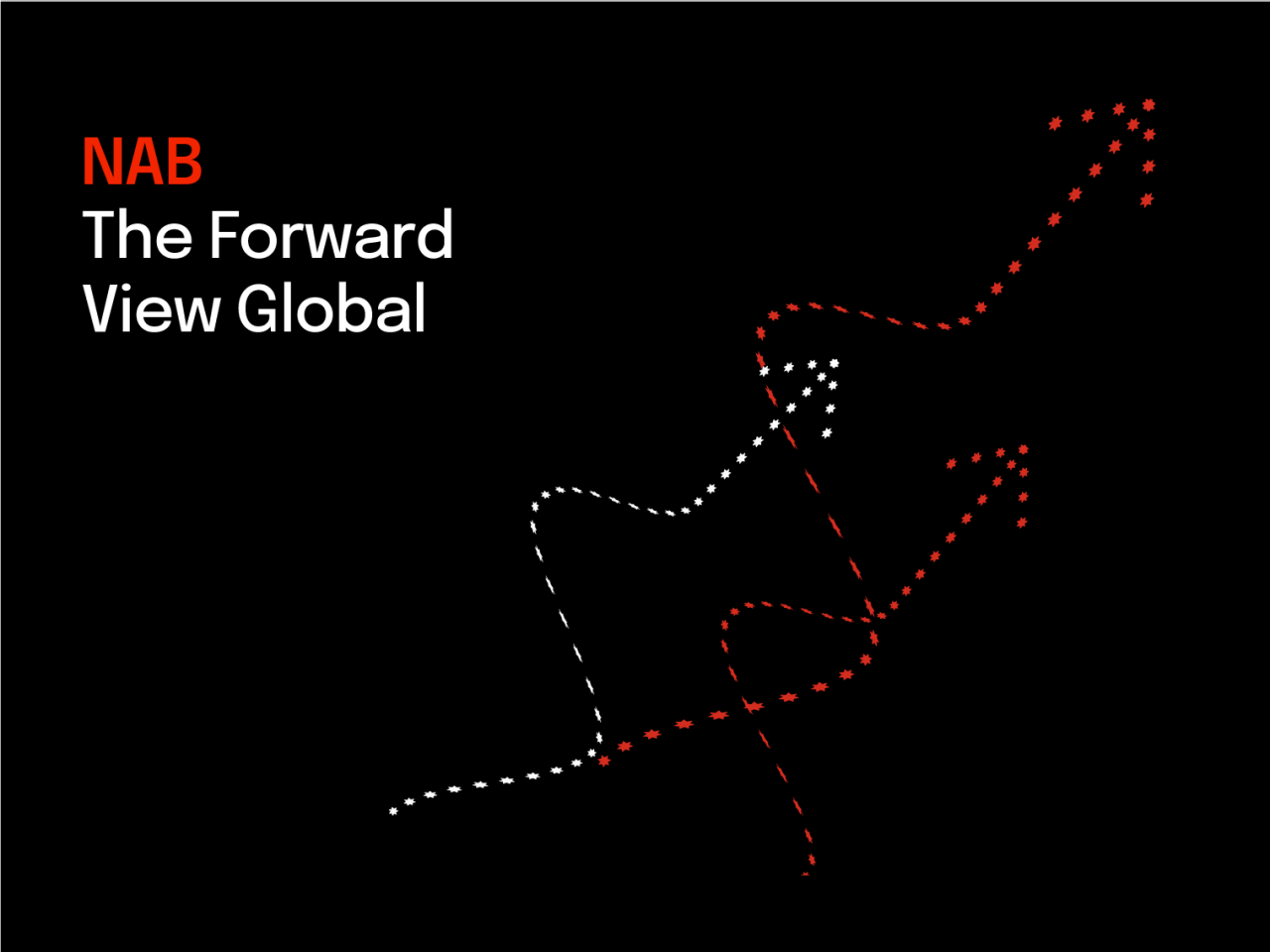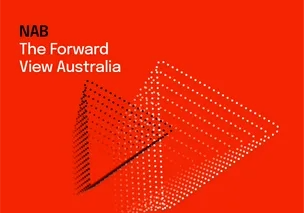18 September 2025
The Fed restarts the easing cycle
September 3, 2025
Sentiment in the housing market continued to improve in June. 75bp of easing so far this year and an expectation of further rate cuts are likely to have supported the lift in the NAB Residential Property Index to +44. Sentiment is now positive across the country, including the ACT, which, apart from September 2024, had been negative since Q3 2022. With rates now lower and expected to fall further, confidence among industry participants also improved. Most property professionals in WA, QLD, and SA assess market conditions as rising, approaching their peak or at the peak of the market, while VIC and NSW are at the start of recovery, and shifting into a rising market. Generally, the share of foreign buyers active in the June quarter was fairly steady, with slightly more in the established dwellings market and slightly fewer in the new dwelling market. With prices having outpaced our forecasts over recent months, NAB has lifted it’s forecast for the 8-capital city dwelling price index to 6% over 2025 (was 3.5%) and still expect growth of around 6% over 2026.
Housing market sentiment continued to climb, albeit at a more gradual pace in the June quarter. The less restrictive monetary policy stance is likely to have factored. Overall, the NAB Residential Property Index continued to be well above average at +44, after the strong rise in March.
Improved sentiment was particularly noticeable in the largest property markets, especially VIC (+36, up from +16 in Q1), while sentiment in ACT turned positive after two weak quarters. In contrast, sentiment in SA and WA eased significantly in Q2.
When property professionals were asked to best describe the state of the housing market in areas where they operate compared to the previous quarter, the largest share of responses in SA (50%) and WA (44%), said the market is approaching the peak. In VIC (44%) and NSW (42%) however, most believe housing markets are now at the start of recovery.
With interest rates widely tipped to continue falling (NAB sees the RBA easing to a terminal cash rate of 3.10% Q1 2026), confidence levels continued to improve for both short (+62pts vs +51 Q1) and long-term horizons (+58pts vs +54 Q1). Short-term confidence is highest in TAS (+100), and the ACT (+90) and lowest in NT (+58) and VIC (+60). The 2-year measure is highest in the ACT and SA (both +80), and lowest in WA (25) and QLD (+56).
The average survey expectation for house price growth increased to 3.3% for the next 12 months (from 2.3%) and 4.1% in 2 years’ time (from 3.1%). But expectations vary across the country. They are now higher in all states bar WA and NT. Expectations are most positive in QLD and WA (both 4.1%), but remain the lowest in VIC (2.5%), albeit, up on the previous quarter (0.8%). Longer term projections increased in all states bar TAS and the NT. The outlook is strongest for QLD (4.6%) and the NSW (4.2%) and lowest in the ACT (2.8%) and TAS (3.6%).
According to Cotality (formerly CoreLogic) data, the 8-Capital City dwelling price index rose by 0.8% mom in August, led by gains in Brisbane (which rose by a strong 1.2% mom), followed by Perth and Adelaide at 0.1.1% mom and 0.9% mom, respectively. Sydney prices rose a solid 0.8% mom, while Melbourne recorded a moderate gain of 0.3% mom.
More broadly, 6 month ended growth continues to reflect a convergence of prices across the capitals with some slowing across the smaller capitals, while Sydney and Melbourne price growth has accelerated. With prices having outpaced our forecasts over recent months, we have lifted our forecast for the 8- capital city dwelling price index to 6% over 2025 (was 3.5%) and still expect growth of around 6% over 2026.
Surveyed property professionals expect rental growth to accelerate, with expectations for the next year raised to 2.3% (2.2% Q1) and 2.9% in 2 years’ time (2.7% previously). Expectations are higher in all states for the next year except in WA and NT (eased) and QLD (unchanged). Income returns in 2 years’ time were more mixed. While rental growth expectations were positive across all states, half the states indicated a lower value relative to Q1.
The market share of FHBs in new housing markets in the June quarter increased to 40%, the highest since December 2022. Sales to owner occupiers (net of FHBs) eased in June (36.9%, from 41.7 in Q1), and is in line with the long run average. Local investors were again less active (15.7% down from 16.3%), and the share of sales to foreign investors was on par with the previous quarter, still well below the survey average.
Construction costs are still seen as the main hurdle to starting new housing developments according to 74% of property professionals, followed by delays getting planning permits (54%), with the latter easing on the previous quarter (62% in Q1). Housing affordability (35% up from 15%), and sustainability of house prices (15% from 6%) both increased. By state, construction costs were the main barrier in WA and VIC (80%), and WA also had issues with delays around obtaining permits (80%), along with NSW (75%).
Buying activity in established housing markets continued to be dominated by owner occupiers (net of FHBs), although their overall market share eased 42.3% in June, from 46.2% in the March quarter. FHBs overall share increased to 34% in the June quarter (32.8% Q1), with the market share of sales to local investors also up at 18.5% (15.9% Q1) and close to the long run average (18.6%). However, this ranged widely from 27.5% in QLD to just 11.3% in VIC. While the latter is the lowest of all states, the share increased for the investor segment in Q2 (9.1% in Q1). Foreign buyers however accounted for 3.3% of sales, up slightly on Q1.
Price levels, interest rates, and lack of stock remain the biggest constraints for established home buyers. Price levels were the biggest constraint for home buyers in NSW, QLD and SA (only 3rd for VIC), but WA listed a lack of stock as more important and for VIC it remains interest rates.

INSIGHT
18 September 2025
The Fed restarts the easing cycle
